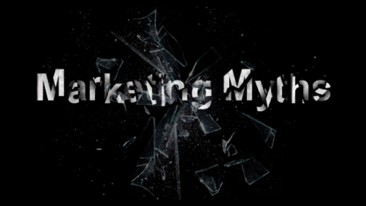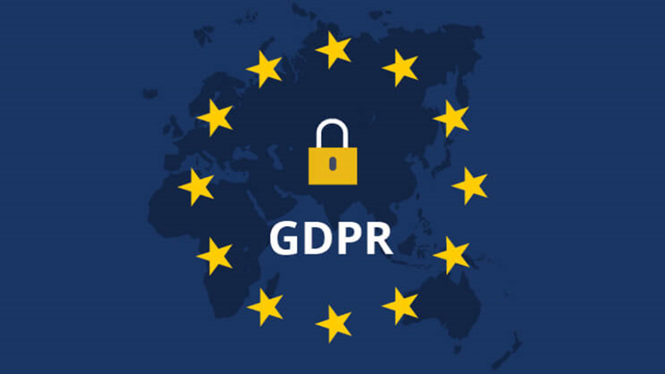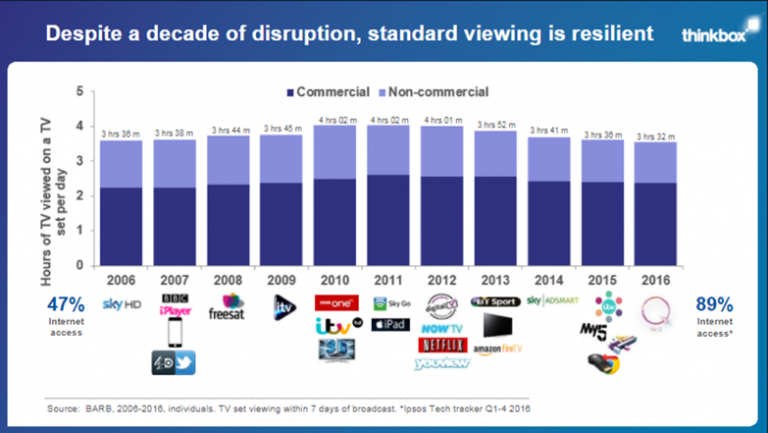NICOLA WATTS on 29 September, 2017 at 03:09
 We would all like to think that the decisions we make and the actions we take are based on the truth. But it shouldn’t be the greatest surprise that this isn’t necessarily so. Human behaviour and decision-making are irrational and systematically biased. Every decision we make is influenced by our environment and coloured by our past experiences. Most of what we do is dictated by our emotions and deeply held conscious and sub-conscious biases. Emotions trump facts any day!
We would all like to think that the decisions we make and the actions we take are based on the truth. But it shouldn’t be the greatest surprise that this isn’t necessarily so. Human behaviour and decision-making are irrational and systematically biased. Every decision we make is influenced by our environment and coloured by our past experiences. Most of what we do is dictated by our emotions and deeply held conscious and sub-conscious biases. Emotions trump facts any day!
Marketing, like any other industry, is bursting at the seams with misconceptions. Many of these myths are rarely discussed because they are assumed to be true, to be sacrosanct. They are the Emperor’s new clothes. But the problem with silence is that when change happens, myths don’t always change to match!
It’s never easy to separate fact from fiction. Some myths are so ubiquitous that we believe them to be true purely because we’ve been exposed to them so often. This is often referred to as the illusory truth effect, or the illusion-of-truth effect! This humdinger of a bias equates repetition with truth, as repeating something over and over again makes it seem plausible. This is how fake news works – there’s no smoke without fire – right?
Why on earth does it work? Well, when assessing whether something is true or not we depend on two things: whether it fits credibly with our current understanding, and whether it sounds familiar. But in this case, we favour familiarity over common sense! Something seems so familiar that it starts to feel right! But, there is good news – repetition can’t actually mask the truth. We’re still more likely to believe actual facts as opposed to lies. Our instinct is to use short-cuts to judge how plausible something is, as quite frankly we haven’t the time or energy to think through every piece of information that crosses our path. This works, at least most of the time!
Here are five of the more prevalent Marketing misconceptions we tell ourselves, and why they’re not true:
 Myth 1: Millennials are a consumer segment.
Myth 1: Millennials are a consumer segment.
Reality: Millennials are not a consumer segment. Millennials are a generational cohort. They are people born between 1981 and 2000. A consumer segment in marketing terms is a group of people who share common characteristics, perceptions, attitudes and behaviours towards a particular brand or category.
Logically, it makes no sense whatsoever. Millennials are a group of people encompassing 17 year olds who are likely still at school to 36 year olds who are likely to be married with kids! Emotionally, it smacks of stereotyping. Think about it – how likely is it that everyone born within a set of artificial dates will want the same thing, think the same way and apparently in significantly different ways to any other age group. Research amongst them clearly demonstrates this is just not true.
Motivaction, a Dutch research company as part of their Glocalities study interviewed over 48,000 respondents in 20 countries and aptly discredited both the myth that Millennials have a single mind set and that their attitudes are significantly different to either Gen X or the Post War generation (Baby Boomers). Their data demonstrated that there were larger differences in values and lifestyles amongst the millennial generation itself than between generations.
From a targeting perspective, age alone is not a consumer segment, and never has been. Behaviour and attitudes are far more appropriate tools for targeting consumers.
 Myth 2: The General Data Protection Regulation (GDPR) isn’t a Marketing issue.
Myth 2: The General Data Protection Regulation (GDPR) isn’t a Marketing issue.
Reality: On May 25th, 2018, a measly seven months away, the new European data laws come into effect. The new laws will transform the way that marketers can use consumer data. It will mean that a company has to have explicit consumer permission to contact any consumer on a mailing list or database, or to process their personal data, whether they or a third party are responsible for it. For many, it will mean existing lists become redundant as the necessary permission will not have been granted and the ability to buy in mailing lists will cease. Additionally, when a list is breached both the regulator and the customers affected will need to be informed within 72 hours.
Myth 3: The GDPR will only impact EU member countries.
Reality: Once the GDPR goes live, any company that wants to do business with a consumer or another company in an EU country will need to be compliant. Non-compliance will result in fines of up to 4% of global turnover, or 20 million euros; whichever is higher!
A recent survey by the World Federation of Advertisers (WFA) of major global brands that spend more than $20 billion on marketing annually highlighted the knowledge gap. 70% of brand owners felt that their marketers were not fully aware of the GDPR scope and only 65% expected to be fully compliant by the start date. 56% said their European teams were aware but this fell to only 44% globally and only 41% claimed to have a strategy in place.
Even countries who are members seem to have their heads in the sand; in May, a YouGov survey of 2,000 UK businesses found that only 30% had started planning and a whopping 71% were unaware of the scale of the fines. Another study by the UK Direct Marketing Association (DMA) found that only 54% of businesses expect to be compliant in time.
The scariest thing is that all businesses will be impacted. The new laws cover all personal data held whether it’s about a consumer, an employee or a supplier. Smart businesses will see it as an opportunity to actively engage with interested consumers.
 Myth 4: E-commerce will replace bricks and mortar retailers.
Myth 4: E-commerce will replace bricks and mortar retailers.
Reality: E-commerce, while growing rapidly, still accounts for a relatively low proportion of overall retail sales. In Great Britain it accounted for only 16% of overall sales in July, according to the Office for National Statistics, and varied considerably across categories, with food for example only accounting for 5.3%. In the US, according to the US Census Bureau, e-commerce sales accounted for only 8.2% of sales in Q2, 2017. Global forecasts by eMarketer last year for 2020 are only at 14.6%.
People of all ages like to shop in-store; even the most digitally savvy of all those born after the mid-1990’s till the early 2000s, according to a US research study by the National Retail Federation.
It’s not one or the other. An omni-channel approach that takes the best of both is the more likely to succeed. Why do you think both Amazon and Alibaba have recently invested in physical stores?

 Myth 5: TV is dying, if not dead.
Myth 5: TV is dying, if not dead.
Reality: The news that TV is dead or dying is somewhat premature, at least if data for the UK is anything to go by. Research by Thinkbox, the UK marketing body for commercial TV, shows that weekly TV reach is still at a giddy 93%. With the average person watching 3 hours 26 minutes per day of TV on an actual TV set, that is only 4 minutes less than 2006, when internet penetration was less than 50% and pre disruption! If you add in additional viewing on other devices, another 12 minutes bump the average to a healthy (or perhaps not) 3 hours 44 minutes.
86% of TV viewing is live, with the average person in the UK seeing 43 TV ads per day in the first half of 2017. True, younger people watch less TV, but research by the Institute of Practioners in Advertising (IPA) into Media Touchpoints demonstrates that life stage impacts time spent viewing. The older you get, the more you watch traditional TV. To quote Mark Twain: “the reports of my death has been greatly exaggerated.”
How many of these modern marketing myths are you silently guilty of perpetuating? What other myths are you or your organisation telling yourselves? Isn’t it time they’re debunked and consigned to folklore?
BOILED DOWN
- Human decision-making is irrational and systematically biased. Marketing, like any other industry, is bursting at the seams with misconceptions. Some myths are so ubiquitous that we believe them to be true purely because we’ve been exposed to them so often - the illusion-of-truth effect!
- Millennials are not a consumer segment, the General Data Protection Regulation is a Marketing issue which will impact all businesses and all countries, E-commerce continues to thrive alongside bricks-and-mortar stores, and TV is alive and well.





